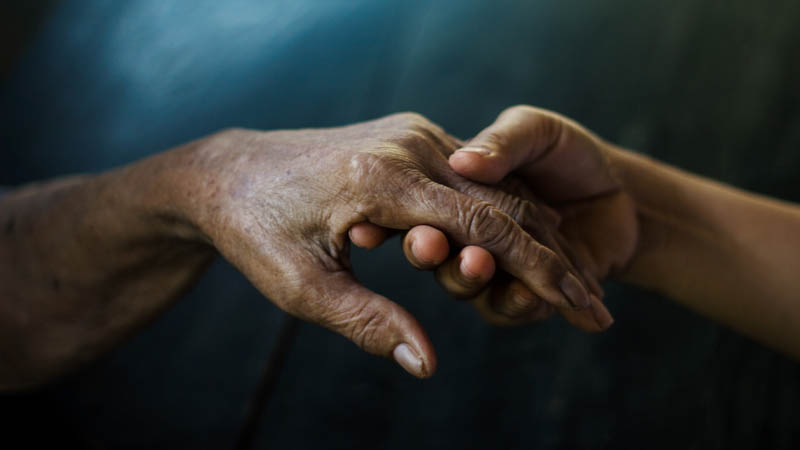Manifestations of indirect self-destructiveness in persons after suicide attempts
Konstantinos Tsirigotis1, Wojciech Gruszczyński2, Marta Lewik-Tsirigotis3, Marta Kruszyna1
 Affiliacja i adres do korespondencji
Affiliacja i adres do korespondencjiObjective: To explore the indirect self-destructiveness syndrome and its manifestations in persons after suicide attempt. Material and methods: The study population consisted of 147 persons (114 women and 33 men) aged 14-33 years. The control group was selected from among persons who did not commit suicide, well-matched in terms of sociodemographic status. To study the indirect self-destructiveness and its manifestations the Polish version of the Chronic Self- Destructiveness Scale (CS-DS) by K. Kelley in Suchańska adaptation was used. Results: Patients after suicide attempts gained significantly higher scores than those who did not commit suicide, in all indices of CS-DS: indirect self-destructiveness global index, A1: Transgression and Risk, A2: Poor Health Maintenance, A3: Personal and Social Neglects, A4: Lack of Planfulness, A5: Helplessness and Passiveness. People after suicide attempts gained significantly higher scores in the active as well as in the passive form of indirect self-destructiveness. Conclusions: The index of indirect self-destructiveness syndrome in patients after suicide attempts is within the upper limit of the average scores. The dominant classes of indirect self-destructive behaviours are (order according to intensity): Helplessness and Passiveness (A5), Transgression and Risk (A1), Poor Health Maintenance (A2). Intensiveness of indirect self-destructiveness as a generalized tendency is higher than in persons without suicide attempts. Intensity of particular categories (classes, manifestations) of indirect self-destructiveness is also higher in them. The intensity of active and passive form in these persons is almost identical, while in persons without suicide attempts, the intensiveness of the active form is much lower than the passive one’s. Results of research on indirect self-destructiveness may be useful in the suicidal prevention and in therapeutic work with persons who have attempted suicide.





















